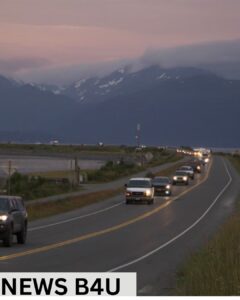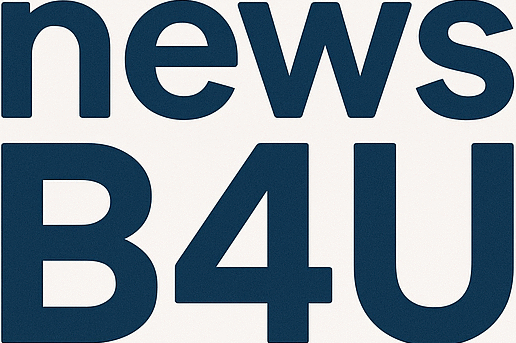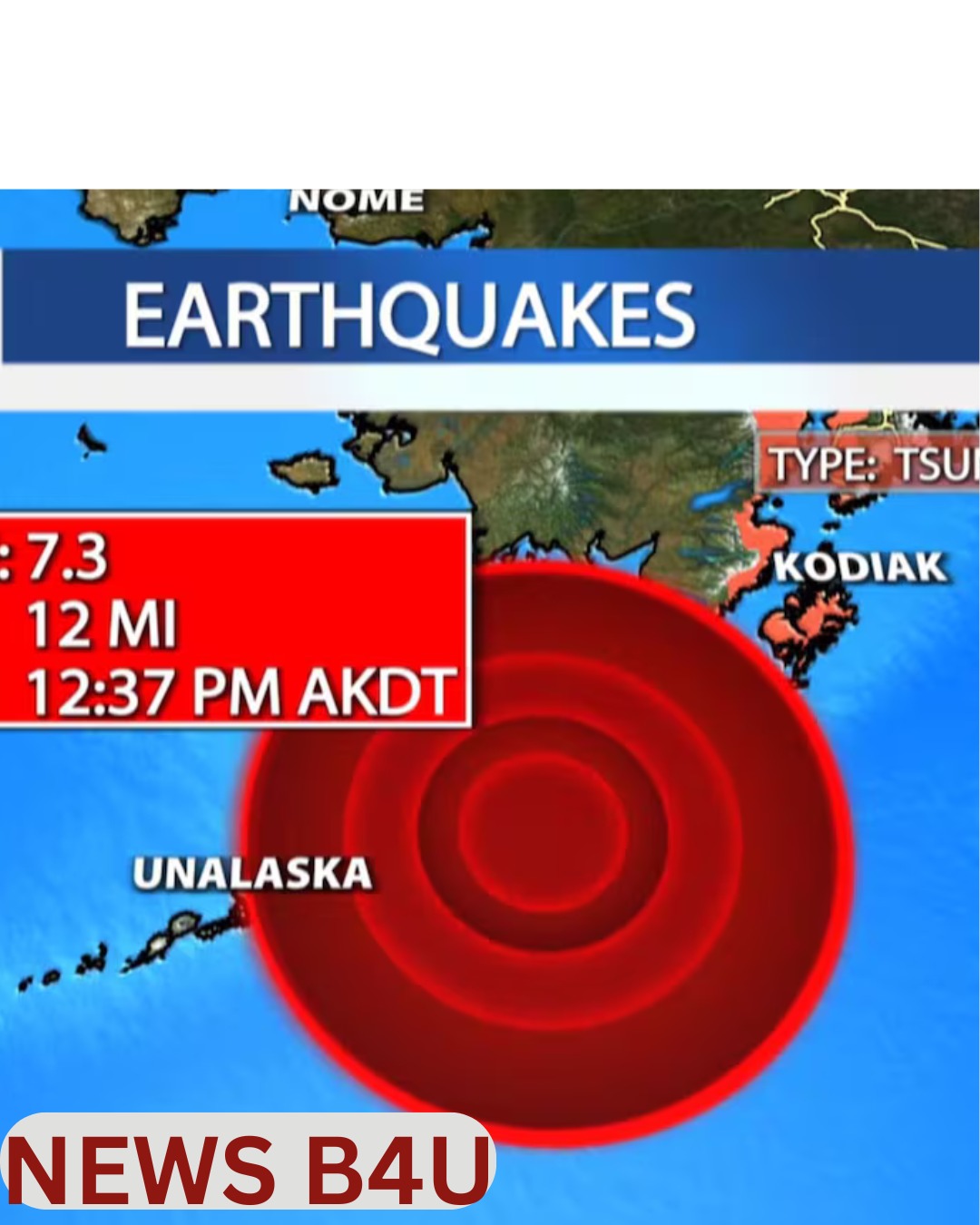Tsunami Warning Issued After Massive 8.8 Earthquake Off Russia’s Kamchatka
Tsunami Earth Quake. A massive magnitude 8.8 earthquake struck off the coast of Russia’s Kamchatka Peninsula on July 29, sparking a tsunami warning for large parts of the Pacific. The U.S. Geological Survey (USGS) confirmed the quake hit at 7:24 p.m. ET, around 78 miles southeast of Petropavlovsk-Kamchatsky. The depth was measured at just 12 miles, which increases the risk of Tsunami Earth Quake surface impact.
Immediate Impact and Aftershocks
This powerful quake didn’t act alone. Within hours, multiple strong aftershocks followed. These aftershocks ranged from magnitude 5.2 to 6.9, shaking the already-alert region.

Seismologists warn that shallow quakes like this one often lead to more destructive results. The energy released travels quickly through the water and land, increasing the potential for tsunami waves to form and reach coastal communities.
Tsunami Warning in Effect for Hawaii and Alaska
The tsunami warning covers a wide area. Hawaii’s entire coastline faces a real threat, no matter which direction the beaches face. The National Weather Service warned that waves could cause serious flooding, damage, and injury. Urgent action is advised.
Coastal areas in Alaska’s Aleutian Islands were also put on high alert. Emergency officials instructed residents to evacuate low-lying regions and seek higher ground immediately.
“Tsunamis aren’t just one wave,” the warning stated. “They can bring multiple waves over many hours. The first one is not always the biggest.”
Tsunami Watch for U.S. West Coast
While Hawaii and parts of Alaska face the highest risk, the Pacific Coast of the United States remains under a tsunami warning watch. That includes states like California, Oregon, and Washington.
President Donald Trump posted an alert on social media, telling Americans to stay alert. “We are watching this closely,” he said. “Please follow local guidance and be ready to move inland if advised.”
How a Tsunami Forms After an Earthquake
Tsunamis are usually triggered by underwater earthquakes, especially those with shallow epicenters. When the sea floor shifts, it displaces a massive volume of water. That energy forms waves that can travel across oceans at jet speed.

What to Do If You’re in a Warning Area . Move to higher ground immediate Follow evacuation orders from local officials .Don’t return until the “all clear” is given. Even if you live several miles inland, flood risks still exist. Water can travel fast and bring dangerous debris.
Global Alert and Monitoring On Tsunami Earth Quake
The Pacific Tsunami Warning continues to monitor the ocean closely. The situation remains fluid. Emergency response teams across the Pacific are on Airports, schools, and local services in Hawaii have shifted to emergency protocols. Coastal businesses have shut down operations for safety .As the night continues, updates will be released by NOAA, USGS, and state agencies. Residents should tune in to trusted news sources and local emergency alerts.
Final Thoughts tsunami warning is not something to take lightly. This quake near Russia’s Kamchatka Peninsula has triggered real threats across the Pacific. As waves approach, staying alert and following safety instructions could save lives.
For the latest updates, stay connected with our site. We’ll bring you breaking news and alerts as they happen.
Aftershocks Continue to Shake the Region
Following the main quake, several aftershocks rocked the Kamchatka Peninsula. The USGS reported tremors between magnitude 5.2 and 6.9. These continued to rattle nerves and increased the risk of more tsunami activity.
Emergency services remained on high alert as more waves could follow the initial surge.
Aftershocks Continue to Shake the Region
Tsunamis form when an earthquake causes a sudden shift in the sea floor. That movement displaces massive amounts of water, sending waves across the ocean at speeds of up to 500 mph.
When these waves reach coastal areas, they slow down and grow in height—sometimes dramatically. Unlike regular surf, tsunami waves can flood miles inland and arrive in multiple surges over hours.

